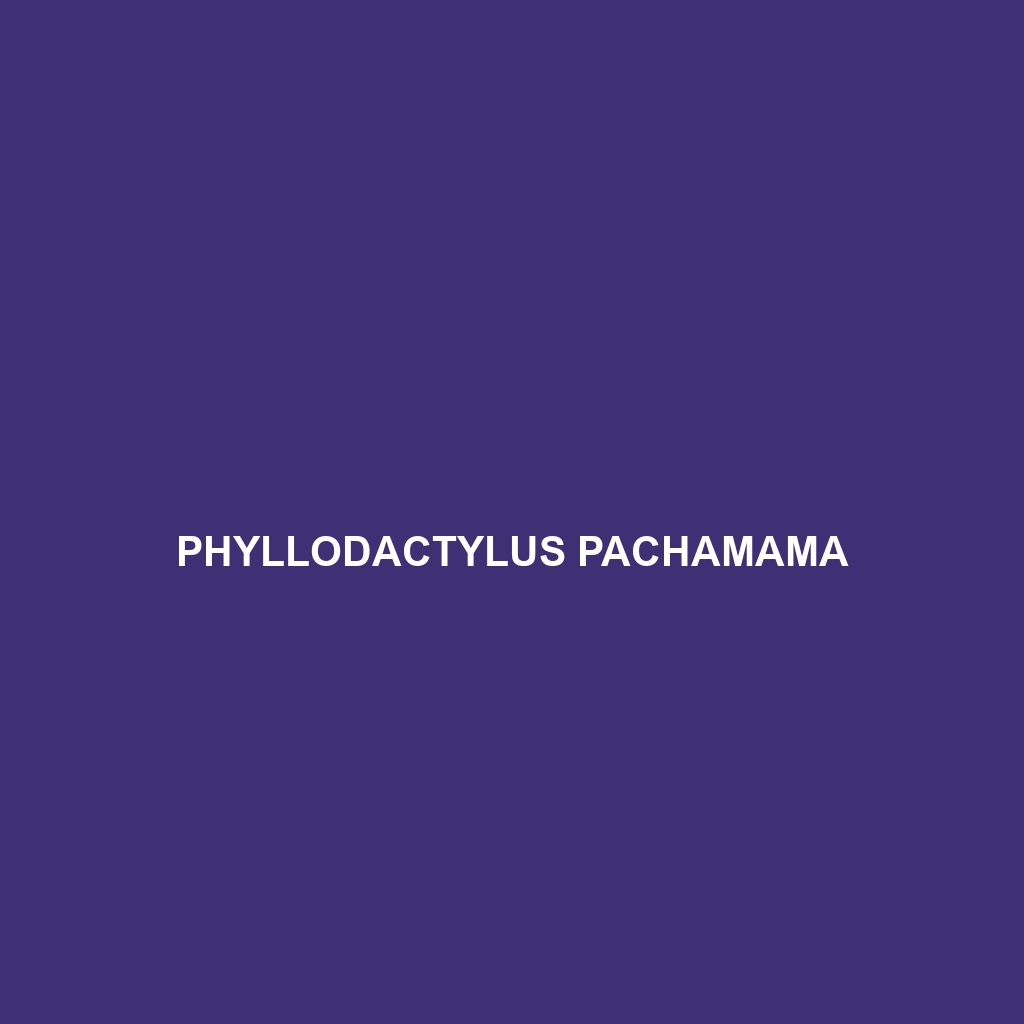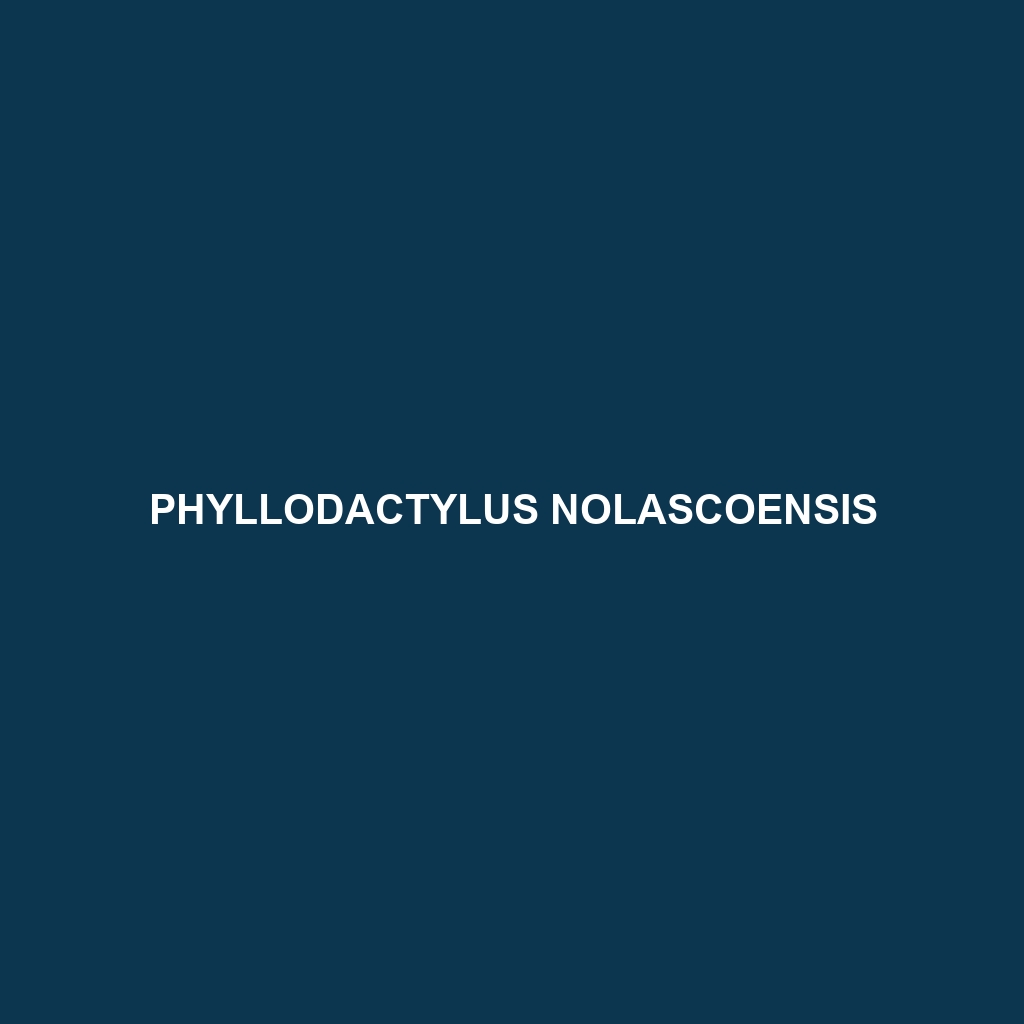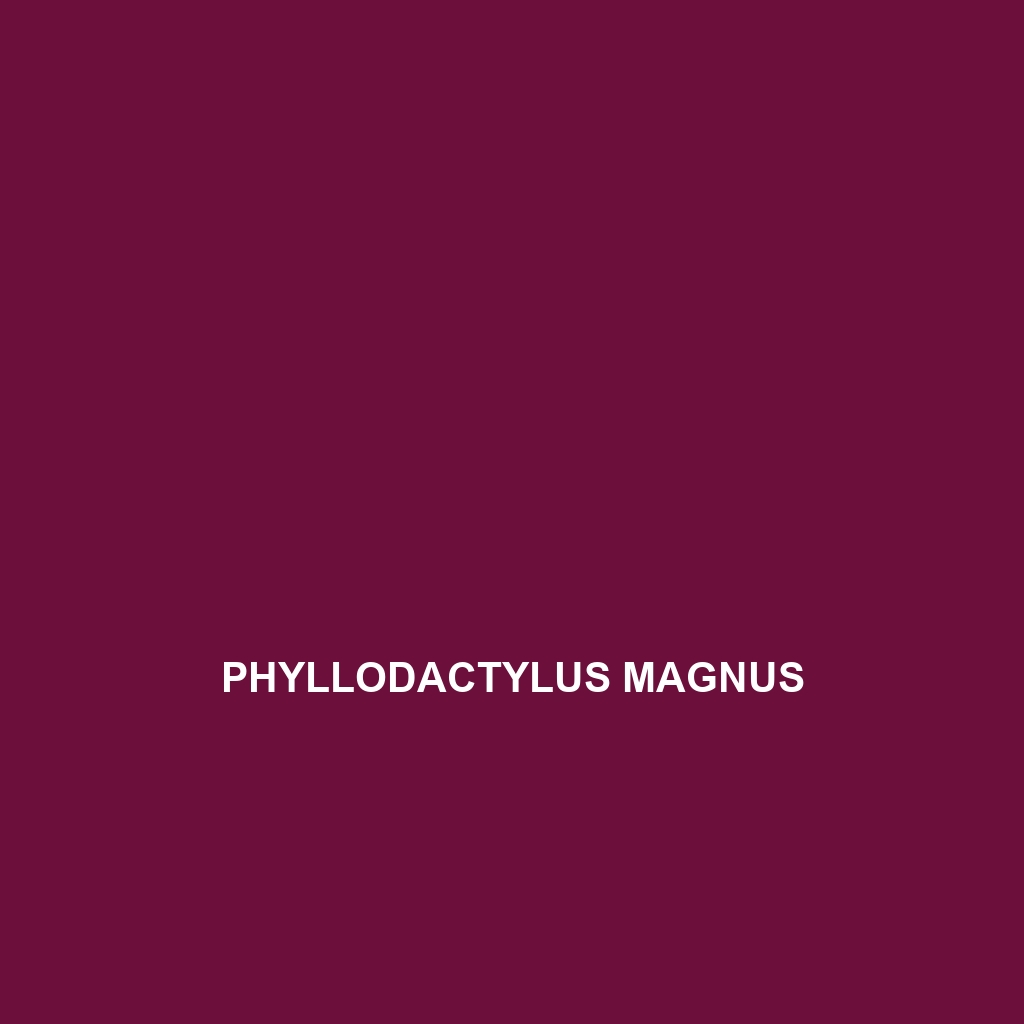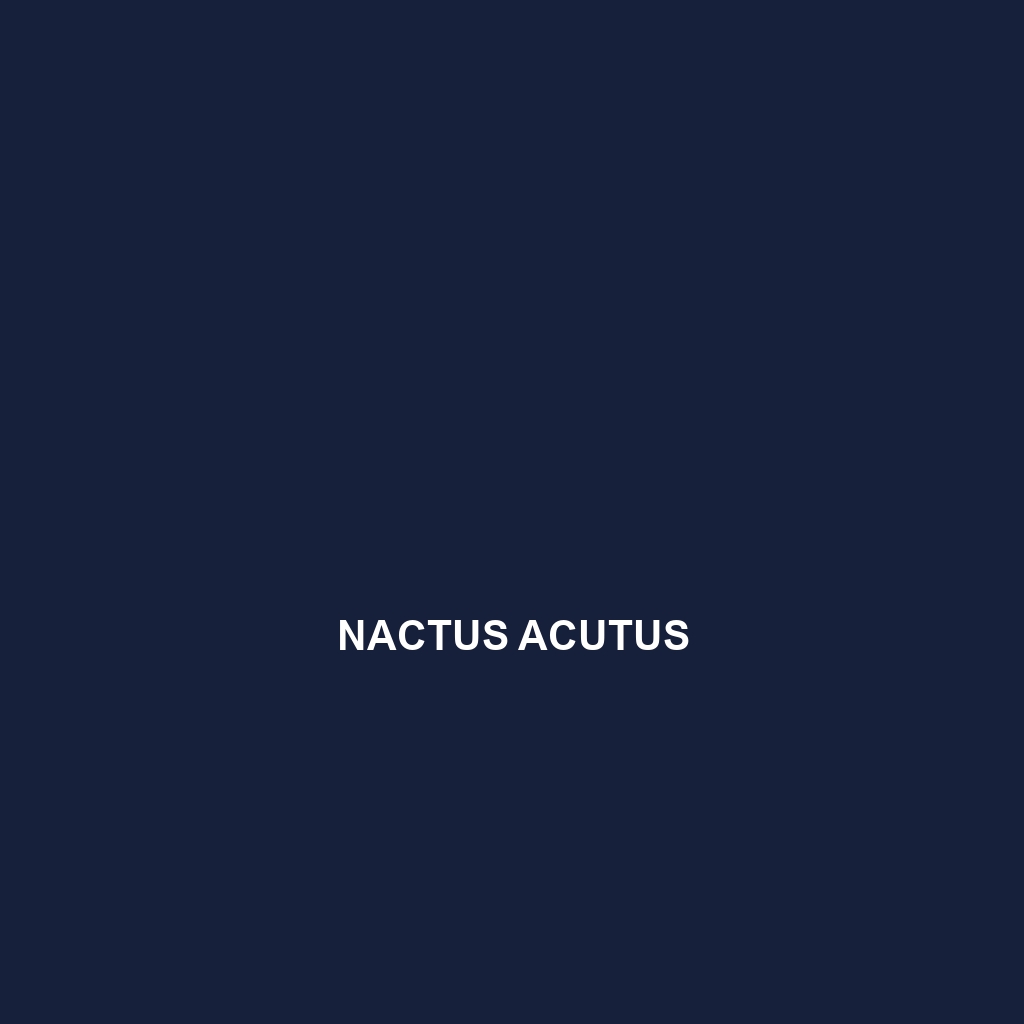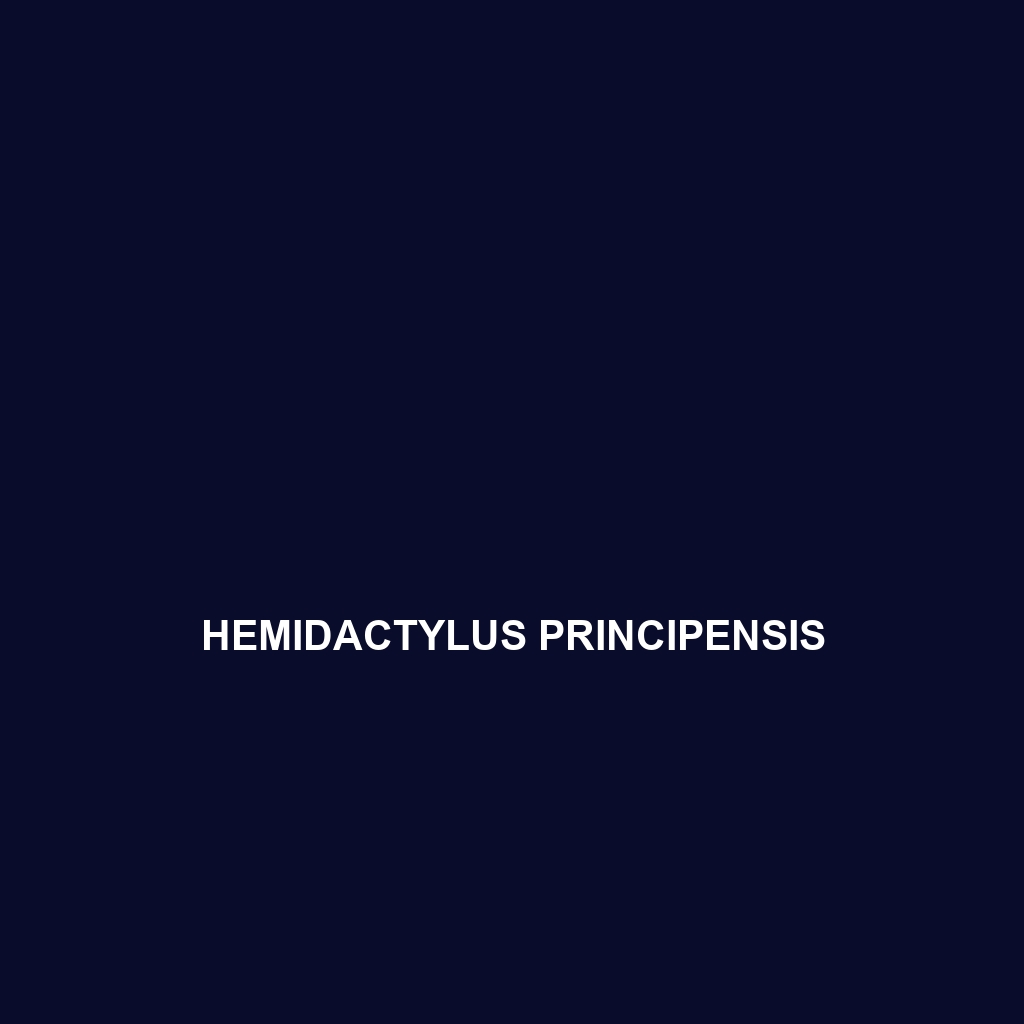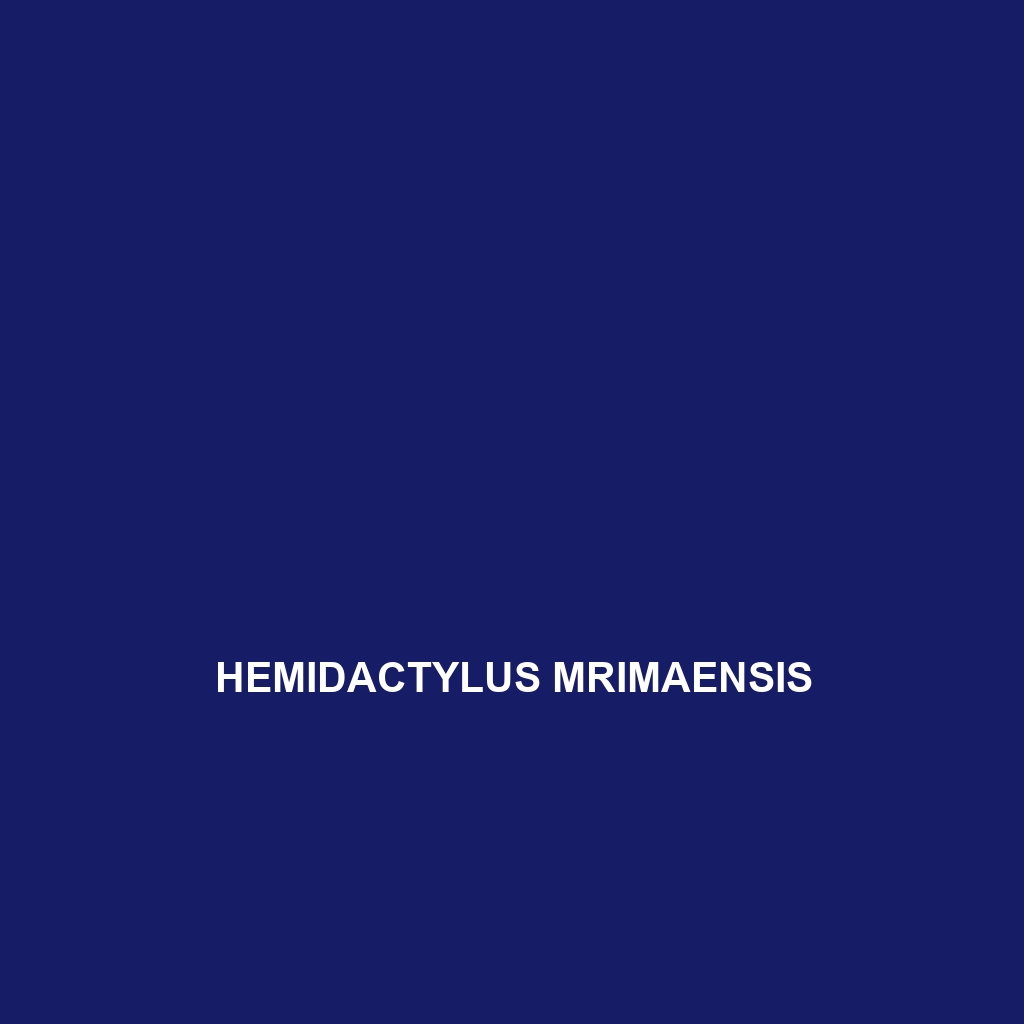<p><b>Phyllodactylus pachamama</b> is a medium-sized gecko native to the lush rainforests of Bolivia and Peru, characterized by its vibrant coloration and unique flattened toes that aid in climbing. This primarily nocturnal insectivorous species plays a vital role in its ecosystem, contributing to pest control and serving as prey for larger predators.</p>
Tag: medium-sized gecko
Phyllodactylus nolascoensis
The Phyllodactylus nolascoensis, a medium-sized gecko native to the arid regions of Nolasco Island, Mexico, is known for its impressive adaptability to rocky environments, nocturnal behavior, and distinct camouflaging coloration. This insectivorous species plays a crucial role in its ecosystem, regulating insect populations while serving as prey for larger predators.
Phyllodactylus magister
<p><b>Phyllodactylus magister</b>, a medium-sized nocturnal gecko native to tropical regions, thrives in various habitats like rainforests and savannas. Known for its unique coloration, large toe pads for climbing, and a flexible diet of insects and fruits, it plays a crucial role in its ecosystem as both predator and prey.</p>
Phelsuma vanheygeni
Discover the vibrant <b>Phelsuma vanheygeni</b>, a medium-sized gecko native to Madagascar's lush rainforests, known for its striking green coloration, social behavior, and unique ability to regenerate its tail. This insectivorous and nectar-feeding species plays a vital role in its ecosystem as both a predator and pollinator, while its conservation status remains vulnerable due to habitat loss.
Phelsuma guimbeaui
<b>Phelsuma guimbeaui</b>, a vibrant gecko native to Madagascar, thrives in humid rainforests, showcasing striking green hues with yellow and blue spots. As a primarily nocturnal insectivore, this medium-sized species plays a crucial role in its ecosystem by controlling insect populations and contributing to pollination.
Paroedura vahiny
Discover the Madagascar ground gecko (Paroedura vahiny), a medium-sized insectivore thriving in Madagascar's rainforests and savannas, renowned for its striking coloration, nocturnal behavior, and vital role in maintaining ecological balance. With a robust body measuring 10 to 15 cm, this agile gecko exhibits fascinating adaptations, including adhesive toe pads for climbing and effective camouflage in its diverse habitats.
Pachydactylus visseri
<b>Pachydactylus visseri</b>, known as the Namibian gecko, is a medium-sized insectivore found in arid regions of southern Africa, notable for its flattened body, large toes for sandy terrain, and remarkable camouflage abilities. This nocturnal species plays a crucial role in ecosystems by controlling insect populations and serves as an important indicator of environmental health.
Nactus acutus
Discover the fascinating <b>Nactus acutus</b>, a medium-sized gecko from the Pacific Islands, known for its striking coloration and nocturnal behavior. This omnivorous species plays a vital role in its ecosystem, contributing to pest control and plant diversity while exhibiting unique traits such as tail regeneration and territorial displays.
Hemidactylus principensis
Discover the Hemidactylus principensis, or Prince Island gecko, a fascinating medium-sized insectivore found in the lush tropical rainforests and rocky coastal areas of the Prince Islands, known for its distinctive camouflage, adhesive toe pads, and unique social behaviors. This vulnerable species plays a vital role in its ecosystem by regulating pest populations and serving as prey for larger predators.
Hemidactylus montanus
Discover the Hemidactylus montanus, a medium-sized, nocturnal gecko thriving in humid temperate forests and savannas, known for its remarkable camouflage and insectivorous diet. This species showcases a slender body, large bulging eyes, and plays a vital role in its ecosystem by controlling insect populations.
